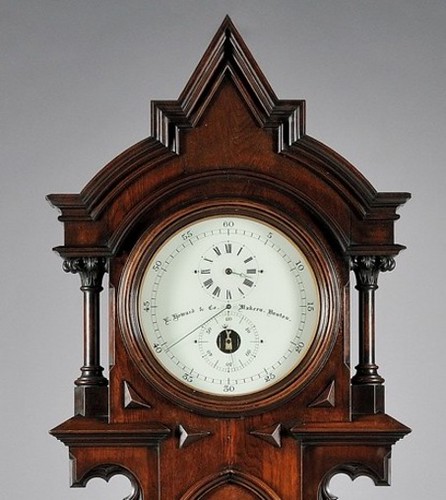What kind of tools and techniques were used for curved mouldings such as those found on some antique clocks? Or, did they use steam powered routers?
This old clock shows several different curved mouldings. It seems to me doing the inside curves would be the most difficult.






 Reply With Quote
Reply With Quote





